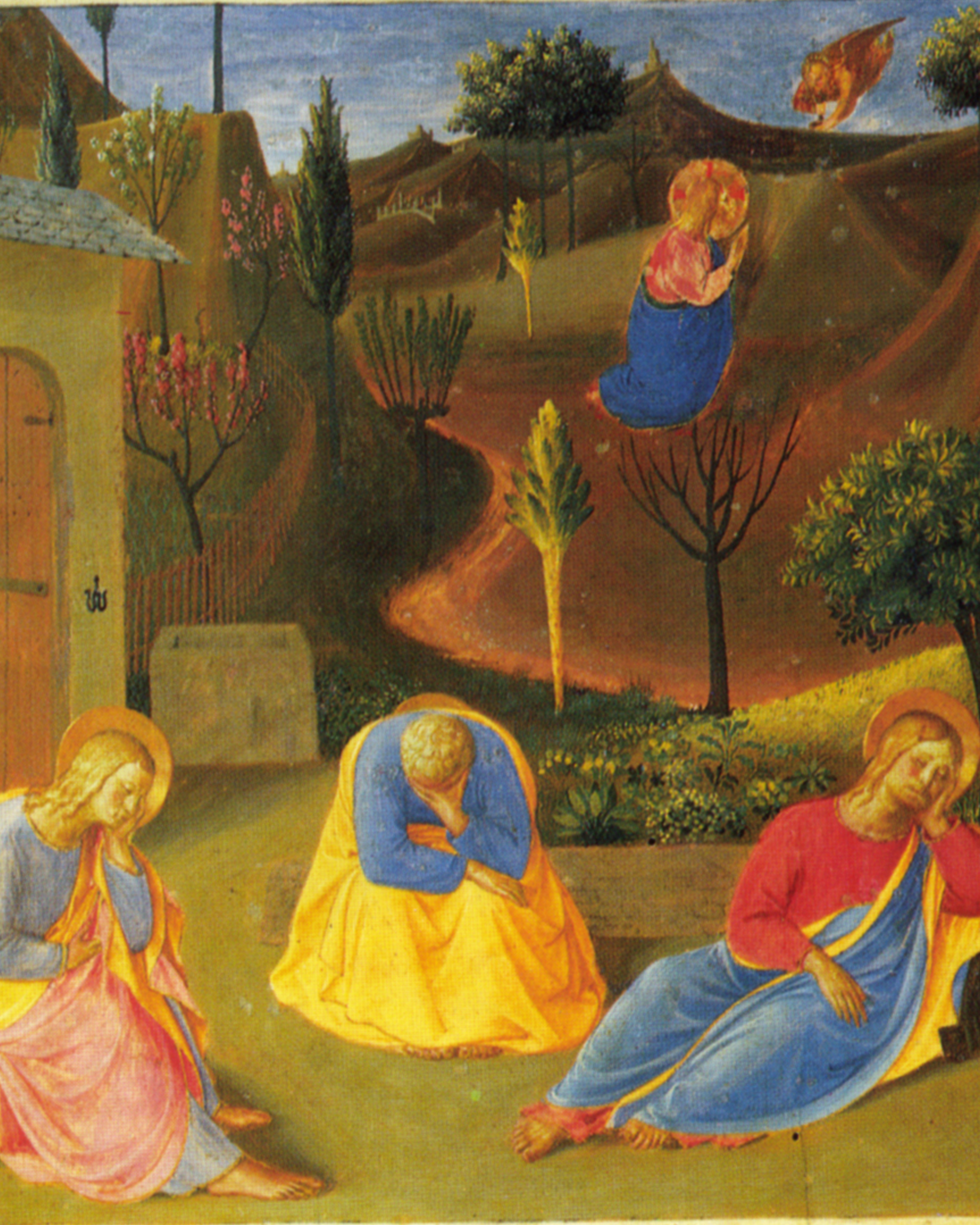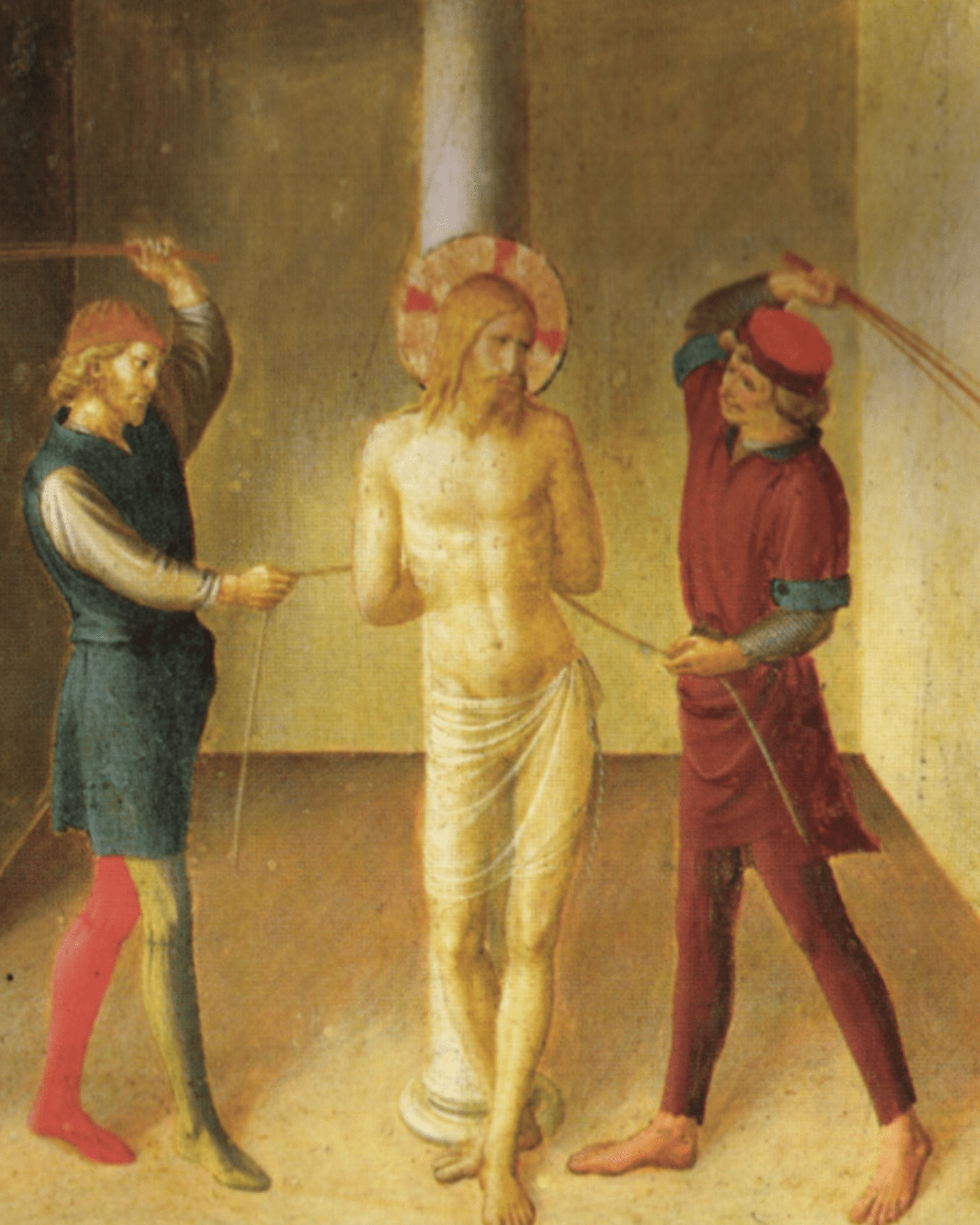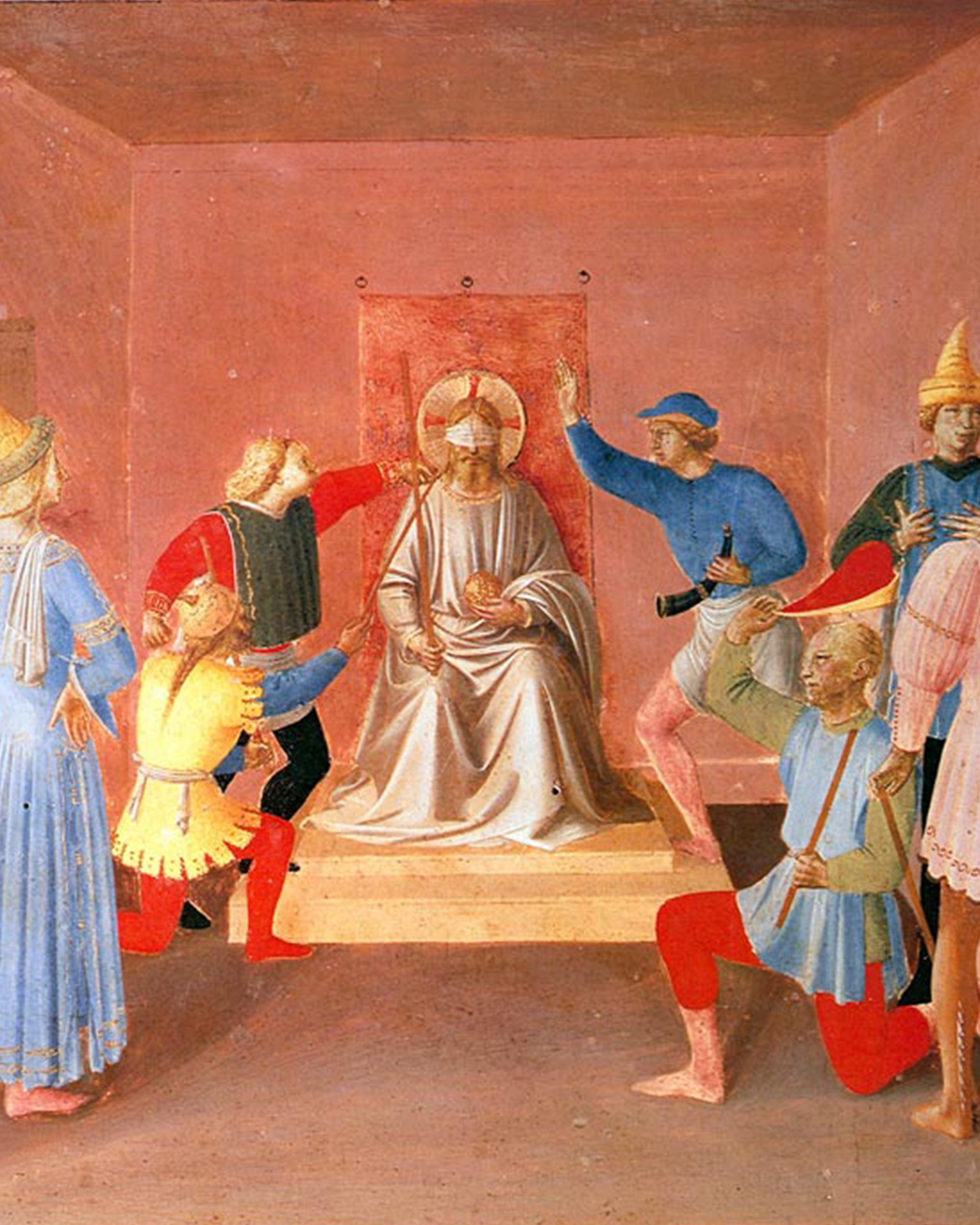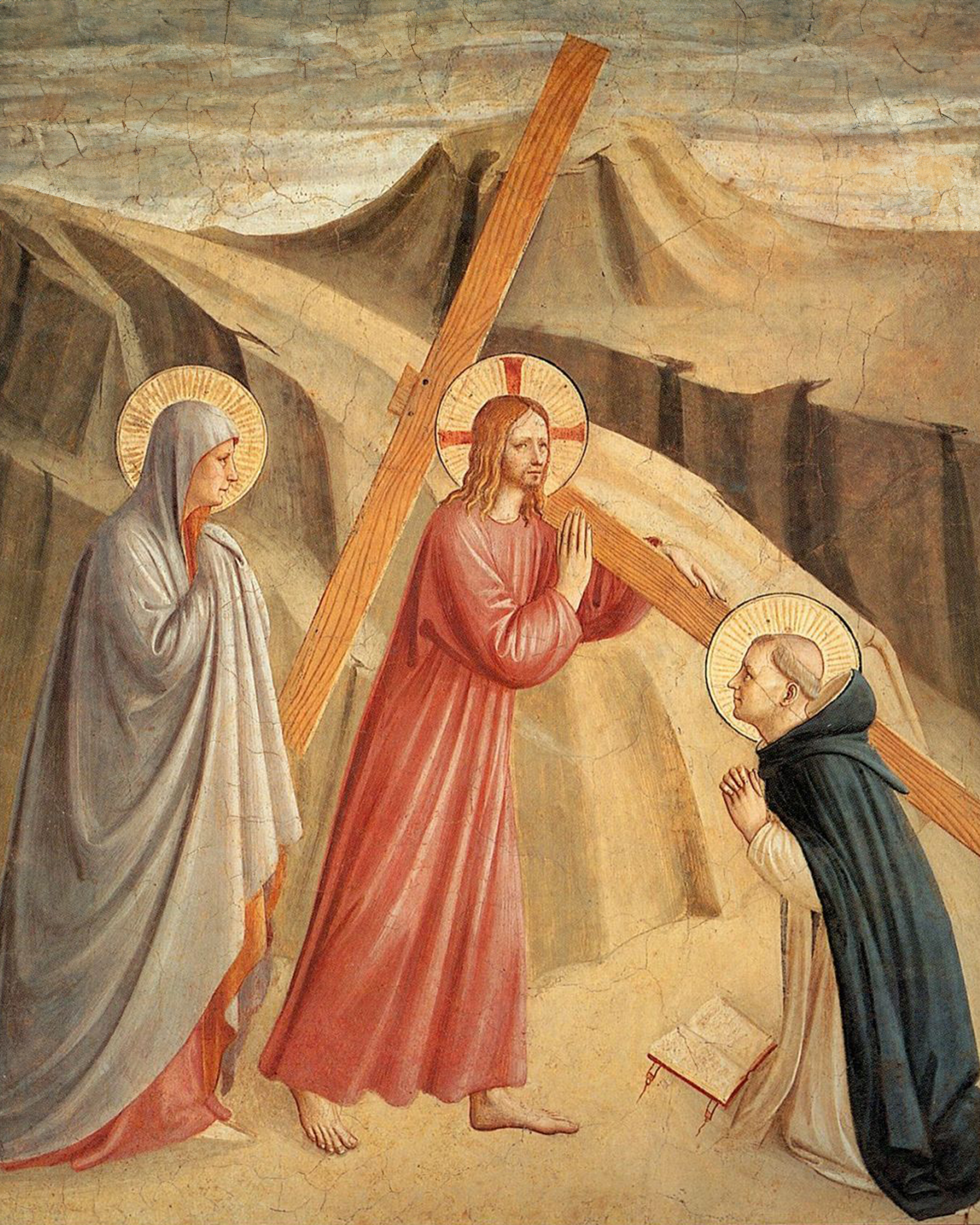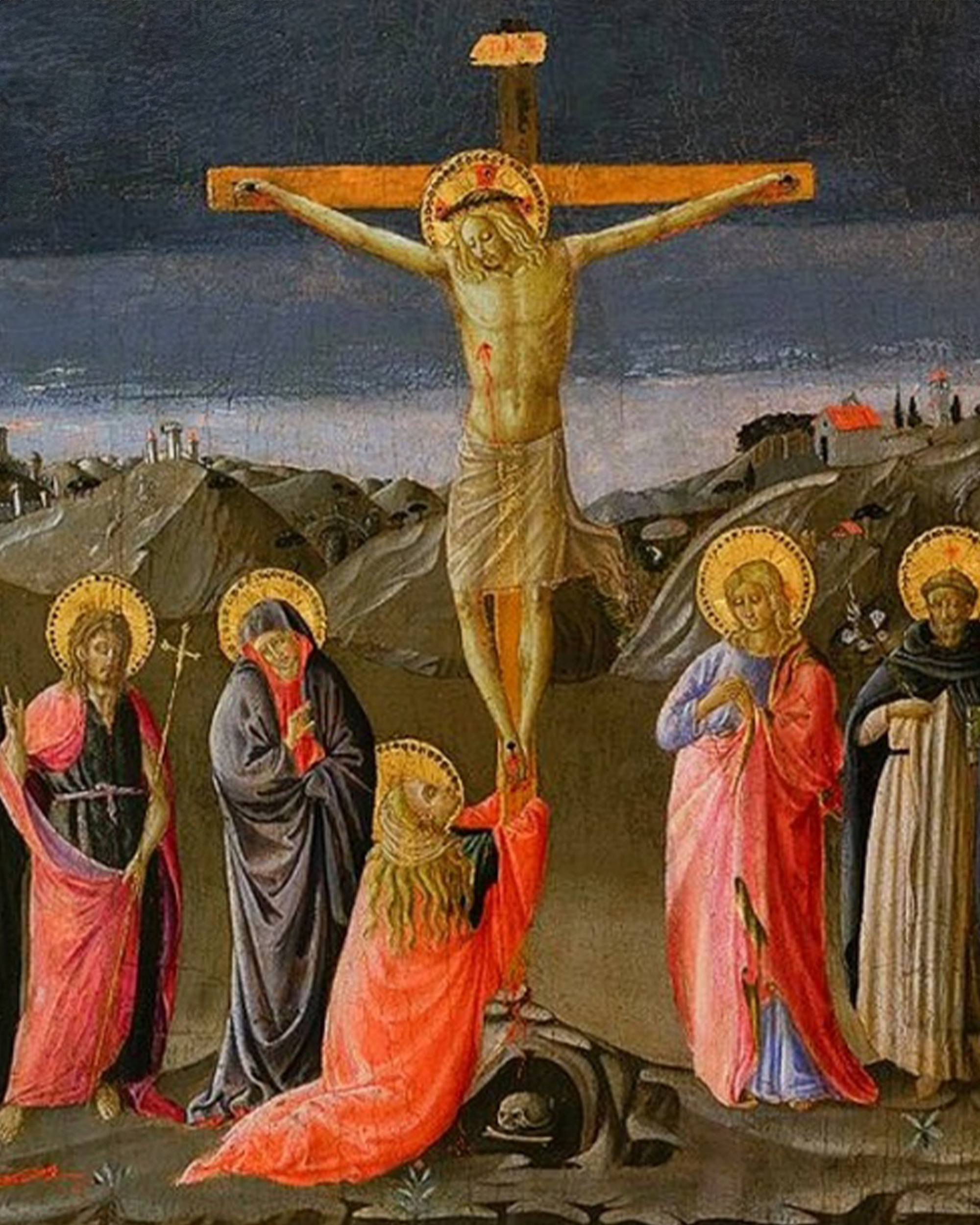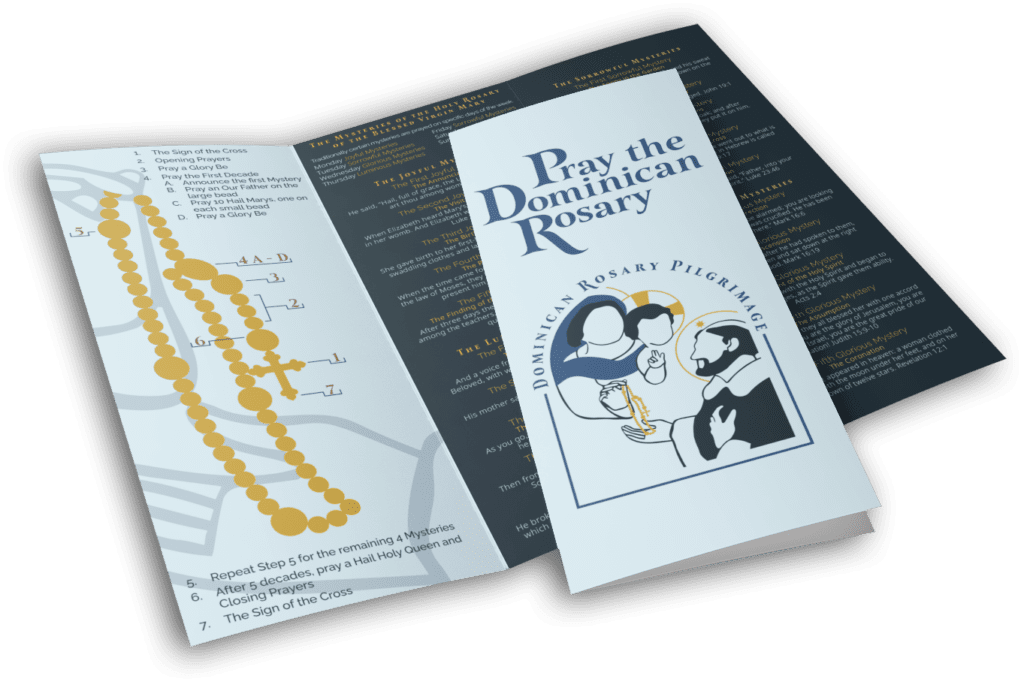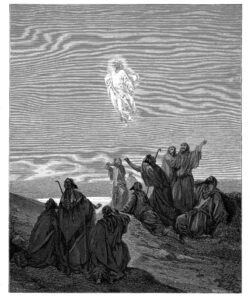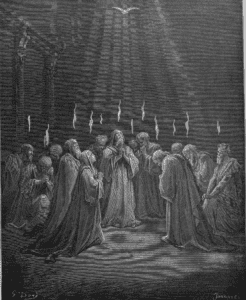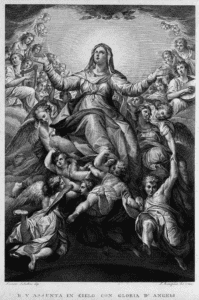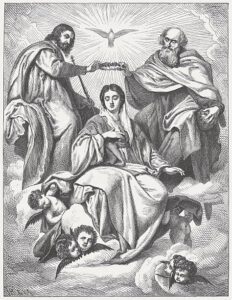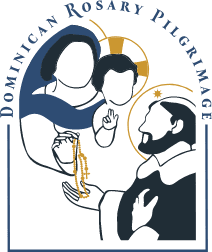When the Blessed Virgin Mary appeared to Lucia and her cousins Saints Francisco and Jacinta in Fatima on May 13, 1917, she asked them to “say the Rosary every day, to bring peace to the world.” What makes for peace? Peace comes by living according to the “divinely established order”:
Peace on Earth—which man throughout the ages has so longed for and sought after—can never be established, never guaranteed, except by the diligent observance of the divinely established order.
Pacem in Terris 1
Peace is impossible apart from God and the order wrought by him in the world and in our own hearts. Our human efforts, although necessary, will only ever be limited and incomplete unless we ourselves participate in the order established by Christ, the Prince of Peace. But this is far from easy, for he made “peace by the blood of his cross” (1 Col 1:20). To establish peace, we must enter into the mystery of the crucifixion, the mystery of love in the midst of unjust suffering. This is the paradoxical order that makes for peace. We must make Jesus’ prayer our own: “Father, forgive them; for they know not what they do” (Lk 23:34). The divine order of peace is established by forgiveness—even through blood.
Such an order is not impossible to live by. May 13 also marks the anniversary of the assassination attempt on Saint John Paul II. An attempt on such a high-profile person is certainly shocking, but what was even more astounding to the world was John Paul II’s message of forgiveness given four days later from the hospital: “I pray for that brother of ours who shot me, and whom I have sincerely pardoned.” Having entered into the mystery of blood, the holy pope made Christ’s plea for forgiveness his own, which forged a peace between him and his would-be killer, who would later place roses on the pope’s tomb.
With Mary in the Rosary, we contemplate what it means to be at the foot of the cross, where she allowed her son’s plea for forgiveness to penetrate her heart. Forgiveness led her to restore peace with her son’s most intimate friends, who had fled his side in his suffering: “All these with one accord devoted themselves to prayer, together with the women and Mary the mother of Jesus” (Acts 1:14). In praying with Mary, we too can come to embrace forgiveness, to be formed by the forgiveness offered by Christ, and thus, in turn, to participate in establishing the divine order of peace by forgiving others.
This article was originally published on dominicanajournal.org and was written by Br. Luke VanBerkum. Br. Luke entered the Order of Preachers in 2016. Before entering, he studied philosophy and theology at the University of Notre Dame.
